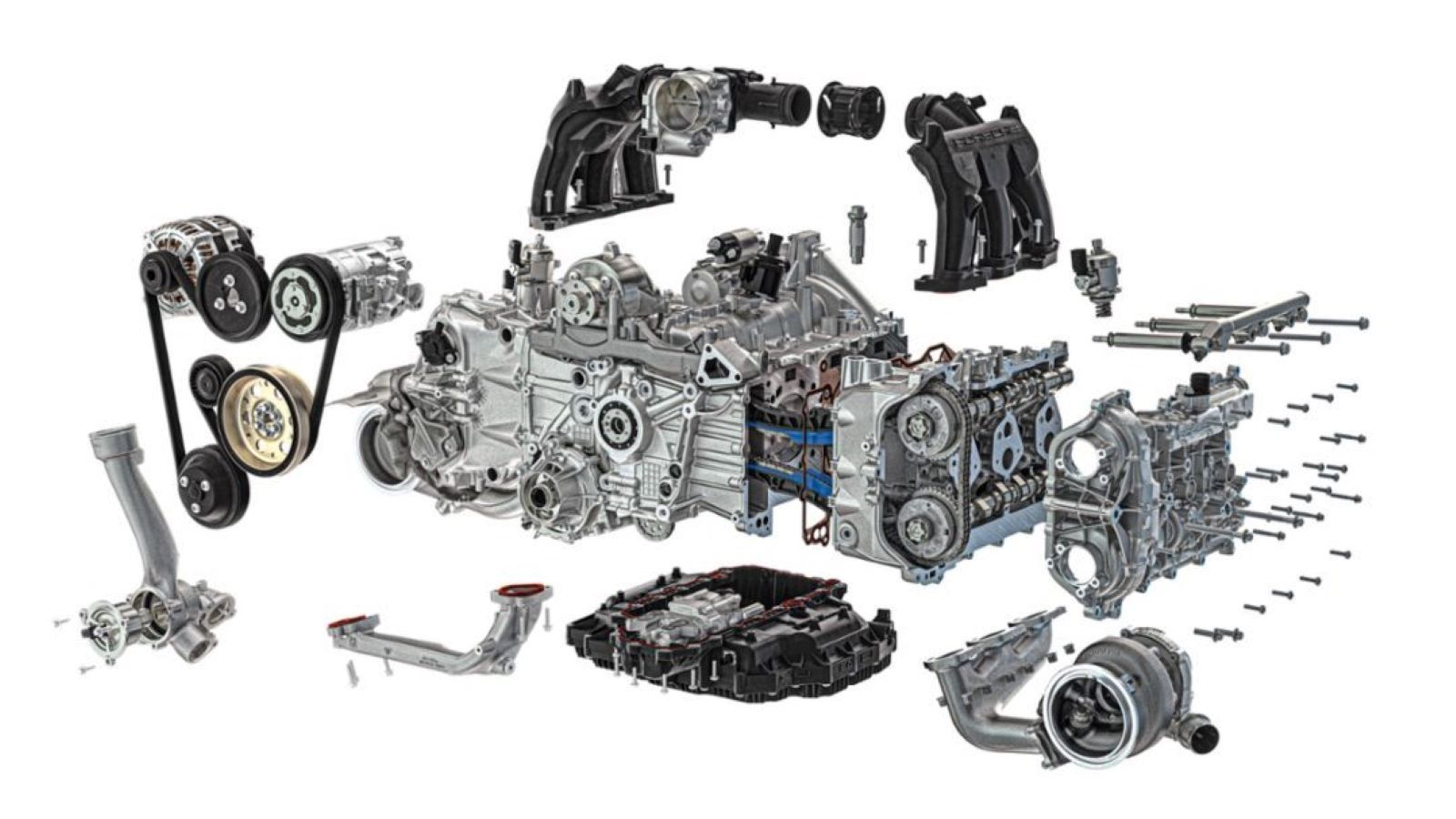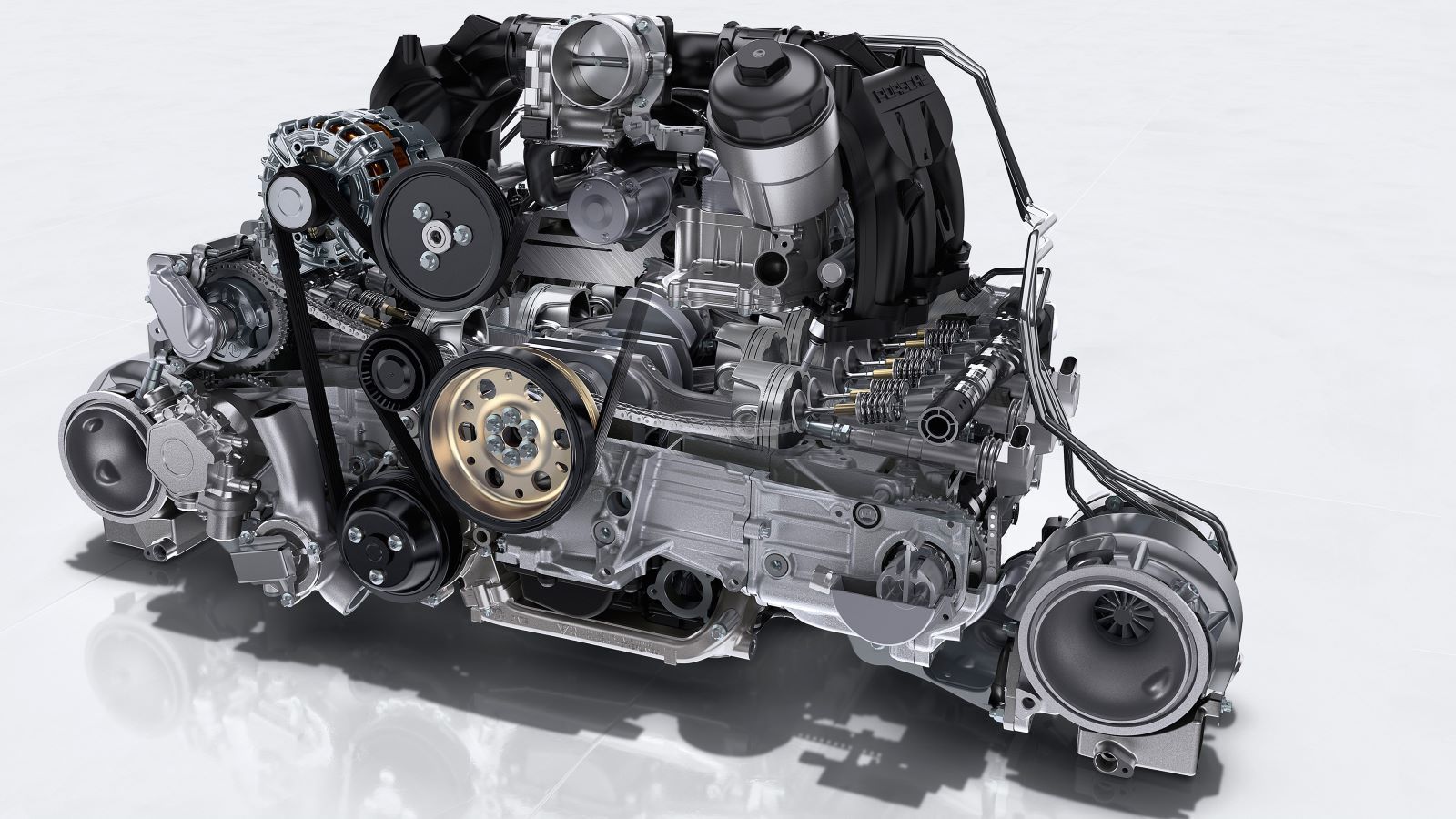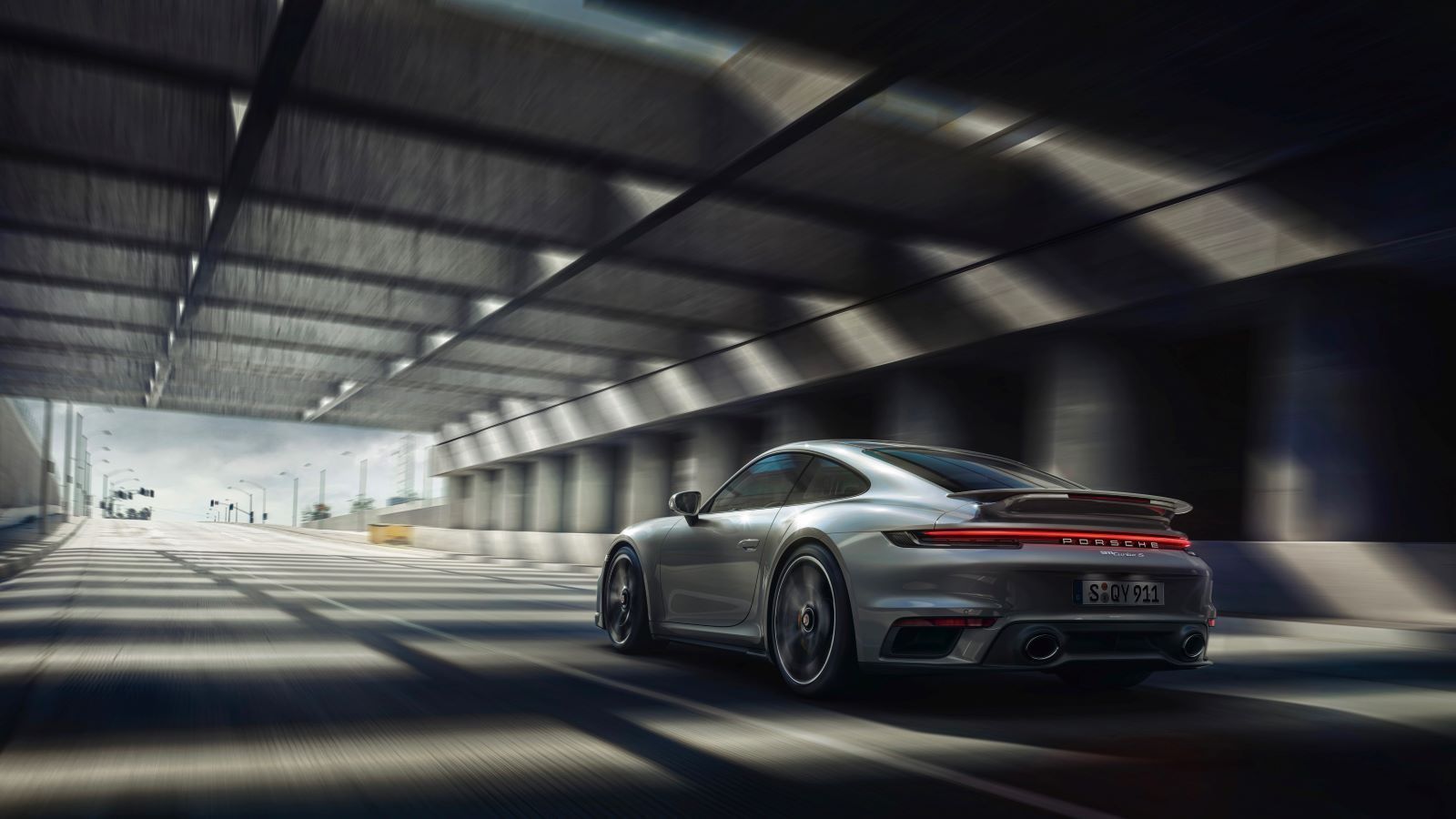Porsche's Boxer Engine Family Is Its Heart and Soul
With the introduction of the 992 Turbo, it's only prudent to take a closer look at the evolution of its boxer engine.














Looking Back
Porsche has clearly been honing its formula over the course of the last 70+ years, in terms of styling, performance, and those ever-recognizable boxer engines. The latest 911 Turbo of the 992 generation is the culmination of all those many years of hard work, so Porsche thought it would be prudent to take a look back at how we got here. As do we.
Photos: Porsche
Technically Similar
Porsche’s current boxer engines share one of two genetic codes: 9A2 and 9A2 evo, for four and six-cylinder engines. They represent a flexible system of identical, technically similar, and individual components that together form a proven foundation, yet also create the space for a plethora of different character traits. Today, they come in various flavors: four or six cylinders, naturally-aspirated engine or turbo, and between two and four liters of displacement, from 250 to 640 hp.
Photos: Porsche
>>Join the conversation about the greatness of the Boxer engine right here in the Rennlist forum.
Various Configurations
One thing that all members of the boxer family have in common is their cylinder spacing: 118 millimeters. Within the cylinders, the pistons sport diameters of 91 and 102 millimeters. They travel either 76.4 millimeters up and down or 81.5, depending on the crankshaft. Once you figure in the number of cylinders, this results in five different displacements and nine power levels across the 718 and 911 model lines.
Photos: Porsche
>>Join the conversation about the greatness of the Boxer engine right here in the Rennlist forum.
Unique Character
The beauty of this similarity is that Porsche can obviously share a lot of parts across its range, but engineers are also freed up to concentrate on developing individual characters for each application. But because all boxer engines bear the same genes and despite their different characters, they’re all equally efficient, emotional, and driven to perform.
Photos: Porsche
>>Join the conversation about the greatness of the Boxer engine right here in the Rennlist forum.
Key Differences
The 992 Turbo is an excellent example of this. The range-topping 911 was built to be breathtakingly fast, but also reliable and easy to live with. The key to this is enhanced turbochargers with variable turbine geometry (VTG) and wastegates as well as redesigned, more efficient conveyance of process and charge air.
Photos: Porsche
>>Join the conversation about the greatness of the Boxer engine right here in the Rennlist forum.
Defining Qualities
The new Turbo's magic comes from the optimization of internal friction in the engine and a redeveloped combustion process with centrally positioned piezo injectors, which enable both greater power and improved efficiency. But like all Porsche boxer engines, it also has that characteristic sound, high revving capacity, exceptional responsiveness, and a low center of gravity for maximum driving pleasure.
Photos: Porsche
>>Join the conversation about the greatness of the Boxer engine right here in the Rennlist forum.
Relentless Pursuit
While other automakers have drastically changed their formula over the years, Porsche has instead focused on perfecting theirs. The difference in approaches is quite obvious, as Porsche continues to pursue perfection in the driving experience, getting ever closer to it with each passing model.
Photos: Porsche
>>Join the conversation about the greatness of the Boxer engine right here in the Rennlist forum.
For help with your maintenance and repair projects, please visit our how-to section in the forum.
